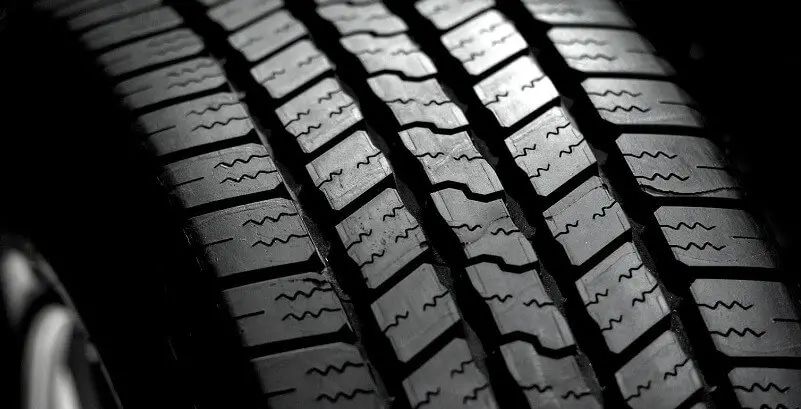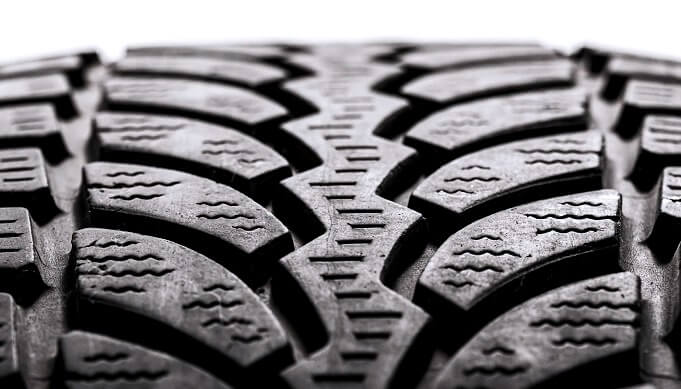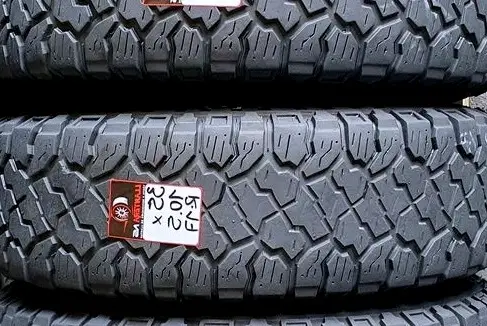Metric Tire Size Explained

Every car owner knows that tires are a crucial component of their vehicle. However, understanding the metrics on those tires is often overlooked. Not only is it interesting, but it’s also incredibly practical.
By knowing your metric tire size, you can be confident in your vehicle’s capacity, safety, and performance.
Metric Tire Size: The Basics
Metric tire size is a universal system that manufacturers use to denote the size and type of a tire. It’s used because of its precise nature and ability to accommodate a wide range of tire dimensions and characteristics.
The figures are usually printed on the tire’s sidewall, providing vital information to users and manufacturers.
Breakdown of Metric Tire Size
Metric tire sizes are a combination of numbers and letters. Each part of this alphanumeric code has a specific meaning:
- Tire Width: The first number indicates the width of the tire in millimeters. For instance, a tire marked ‘225’ is 225 millimeters wide.
- Aspect Ratio: The second number is the aspect ratio. It’s the height of the tire’s cross-section as a percentage of its width. So if your tire is ‘225/65’, it means the height is 65% of 225 millimeters.
- Construction Type: The following letter, usually ‘R,’ represents the type of tire construction. ‘R’ stands for radial, indicating the tire’s layers run radially across the tire.
- Wheel Diameter: The next number shows the diameter of the wheel rim in inches. If your tire says ‘225/65R17’, it’s designed to fit a 17-inch rim.
- Load Index and Speed Rating: The final set indicates the load index and speed rating. The load index is a numerical code corresponding to the maximum load a tire can carry. The speed rating indicates the maximum speed for the tire at full load.
To illustrate, if your tire reads ‘225/65R17 102H’, it’s 225mm wide, with an aspect ratio of 65%, of radial construction, fits a 17-inch rim, and has a load index of 102 and a speed rating of ‘H’ (130 mph).

Metric Tire Size Conversion
Converting metric tire sizes into inches is not a straightforward task because they represent different types of measurements. Metric tire size is shown in a specific format, such as “205/55R16”.
Here is what each part of that measurement means:
- The first number (205) is the width of the tire in millimeters.
- The second number (55) is the aspect ratio, which is the height of the tire sidewall as a percentage of the width.
- The “R” stands for radial construction.
- The third number (16) is the diameter of the wheel in inches that the tire fits onto.
If you want to convert this to a similar format to a standard size (like those used for trucks and off-road vehicles), you would convert the width from millimeters to inches (1 inch = 25.4 mm), and calculate the sidewall height by multiplying the width by the aspect ratio (as a decimal), then convert that to inches as well.
For example, using the size “205/55R16”:
- Width = 205 mm / 25.4 = 8.07 inches
- Aspect ratio = 0.55 (because 55% = 0.55)
- Sidewall height = 205 mm * 0.55 = 112.75 mm, which converts to 4.44 inches.
- Wheel diameter = 16 inches
So, the approximate equivalent in inches would be “8.07/4.44R16”, but this is not a conventional way to express tire sizes in inches.
However, remember that the above conversion does not necessarily mean that the tire will fit your vehicle. Always consult a tire expert or your vehicle’s manufacturer to ensure the correct size.

Choosing the Right Metric Tire Size
Several factors should influence your tire choice. First, consider your vehicle’s make and model. Car manufacturers typically provide a range of acceptable tire sizes for each model. Second, consider your driving conditions.
Do you drive in a lot of rain or snow, or is off-road more your style? The tire size can affect traction, stability, and fuel efficiency.
Knowing how to read tire sizes can help determine what size you need for your vehicle. Always refer to your owner’s manual or consult with a tire professional.
Choosing the wrong size tire can lead to a myriad of issues, from minor inconveniences like inaccurate speedometer readings to severe problems like increased risk of blowouts. Safety should always be a top priority.
Conclusion
Understanding metric tire sizes might seem intimidating at first. Still, it’s fairly straightforward once you break it down. Knowledge of this will allow you to choose the right tires for your vehicle, ensuring optimum performance and safety.
Not only will this give you confidence when purchasing new tires, but it will also enhance your overall understanding of your vehicle’s capabilities. So next time you glance at your tire, you won’t see a jumble of numbers and letters but rather valuable information that ensures your vehicle is at its best.

